Online payments are more common than ever. Whether you’re buying clothes from your favorite eCommerce store or subscribing to a streaming service, there’s a complex process working quietly in the background to ensure your payment goes through. That’s where a payment gateway comes in. It’s one of the key building blocks of secure, real-time transactions in the digital space. For business owners, understanding how a payment gateway functions can make a big difference in streamlining operations and delivering a smoother customer experience.
And for everyday users, knowing what happens when you hit that “Pay Now” button can help build trust in the technology behind your transactions. This article will walk you through all the essentials from what a payment gateway is to how it works, what it costs, and why it’s such an important part of online payments.
What Is a Payment Gateway?
A payment gateway is a technology that facilitates online transactions by securely transmitting payment information between a customer, a merchant, and the banks involved. Think of it as the digital version of a point-of-sale (POS) terminal in physical stores. It ensures that sensitive data, such as credit card details, are encrypted and transferred safely during the checkout process.
How Does a Payment Gateway Work?
A payment gateway acts as a middleman between your website and the payment processor or acquiring bank. Here’s a simplified step-by-step overview of how it works:
- Customer Places an Order: A customer enters their payment details on the checkout page.
- Data Encryption: The payment gateway encrypts the information and securely sends it to the acquiring bank or payment processor.
- Bank Approval: The acquiring bank forwards the request to the customer’s issuing bank for verification.
- Transaction Response: The issuing bank approves or declines the transaction and sends the response back.
- Payment Confirmation: The gateway notifies the website and customer of the payment status, and if approved, the transaction is completed.
How Do Online Payments Work with a Payment Gateway?
When a customer chooses to pay online, the payment gateway handles the entire backend process of verifying and approving the transaction. This includes:
- Checking the validity of the card or account
- Ensuring sufficient funds are available
- Detecting any suspicious or fraudulent activity
- Sending a real-time confirmation of the payment
This all happens within seconds and ensures both the buyer and the seller are protected throughout the transaction.
Benefits of a Payment Gateway
Using a payment gateway offers several advantages for both businesses and customers:
- Security: Sensitive payment information is encrypted and protected against fraud.
- Convenience: Enables seamless, quick, and hassle-free transactions.
- Automation: Automates the process of verifying and processing payments.
- Trust: Boosts customer confidence with secure and professional checkout experiences.
- Multi-currency support: Helps businesses accept international payments.
How Much Does a Payment Gateway Cost?
The cost of using a payment gateway can vary depending on the provider and the features offered. Common pricing models include:
- Setup Fees: Some providers charge a one-time setup fee.
- Monthly Fees: Fixed monthly charges for using the service.
- Transaction Fees: A small percentage of each sale (e.g., 1.5% to 3%) plus a fixed amount per transaction (e.g., €0.25).
- Chargeback Fees: Fees incurred when a transaction is reversed due to disputes.
Always compare multiple providers to find the one that fits your business size and transaction volume.
What’s the Difference Between a Payment Gateway and a Payment Processor?
When you’re running an online store or accepting digital payments, you might come across terms like payment gateway and payment processor. While they are closely connected and often work together, they serve different roles in the online payment process.
1. What is a Payment Gateway?
A payment gateway is like the virtual front door for online payments. It’s the tool that securely captures and sends payment details from the customer to the payment processor. It’s responsible for collecting information like the card number, CVV, and expiration date when someone enters it during checkout.
Think of it as a bridge between your website and the payment processor.
Key Functions of a Payment Gateway:
- Encrypts and securely transmits card data.
- Authorizes payments by communicating with the customer’s bank.
- Ensures sensitive information is handled safely.
- Can include fraud detection and security tools.
- Provides a user interface for customers (like a checkout form).
Examples of Payment Gateways:
- Stripe
- PayPal Checkout
- Authorize.Net
- Razorpay
- Square
2. What is a Payment Processor?
A payment processor is the behind-the-scenes service that moves money between banks. After the gateway captures and sends the payment details, the processor takes over to actually authorize, process, and settle the payment.
It communicates between:
- The customer’s bank (issuer)
- The merchant’s bank (acquirer)
- Credit card networks (like Visa or Mastercard)
Think of it as the courier that delivers the payment from one bank to another.
Key Functions of a Payment Processor:
- Contacts the customer’s bank to check for funds.
- Approves or declines the transaction.
- Moves the funds to the merchant’s account.
- Handles transaction settlements.
- Manages chargebacks and disputes.
Examples of Payment Processors:
- Fiserv (formerly First Data)
- Worldpay
- Chase Payment Solutions
- Elavon
- Adyen (acts as both a processor and a gateway)
How They Work Together?
- Customer checks out online and enters their card details.
- The payment gateway encrypts the data and sends it to the processor.
- The payment processor contacts the customer’s bank to check if the payment can go through.
- If approved, the processor tells the gateway to complete the transaction.
- The funds are eventually transferred to the merchant’s bank account.
Key Differences at a Glance
| Feature | Payment Gateway | Payment Processor |
|---|---|---|
| Role | Captures and sends payment data | Moves money between banks |
| Security | Encrypts sensitive customer info | Protects transaction flow and funds |
| Visibility to Customer | Yes, shows up during checkout | No, works in the background |
| Example Tools | Stripe Checkout, Razorpay, PayPal | Worldpay, First Data, Elavon |
| Can a company offer both? | Some companies do both | Yes, e.g., Stripe and Adyen |
FAQs
What Are the Most Popular Payment Gateways?
Popular gateways include Stripe, PayPal, Square, Authorize.Net, and Mollie.
Do I Need a Payment Gateway for My Online Store?
Yes, if you want to accept credit card or digital wallet payments online securely.
Can I Use More Than One Payment Gateway?
Yes, many businesses use multiple gateways to offer more payment options and reduce downtime.
Is a Payment Gateway Secure?
Yes, most gateways use advanced encryption, fraud detection, and comply with standards like PCI-DSS.
How Fast Do I Get Paid Through a Payment Gateway?
Typically, funds are settled in 1 to 3 business days, but it depends on the provider.
Conclusion
A payment gateway is an essential part of any online business. It ensures that digital payments are handled safely, quickly, and efficiently, creating a smooth experience for both the buyer and seller. Whether you’re just starting your e-commerce store or looking to upgrade your current system, understanding how payment gateways work will help you choose the best solution for your business needs.
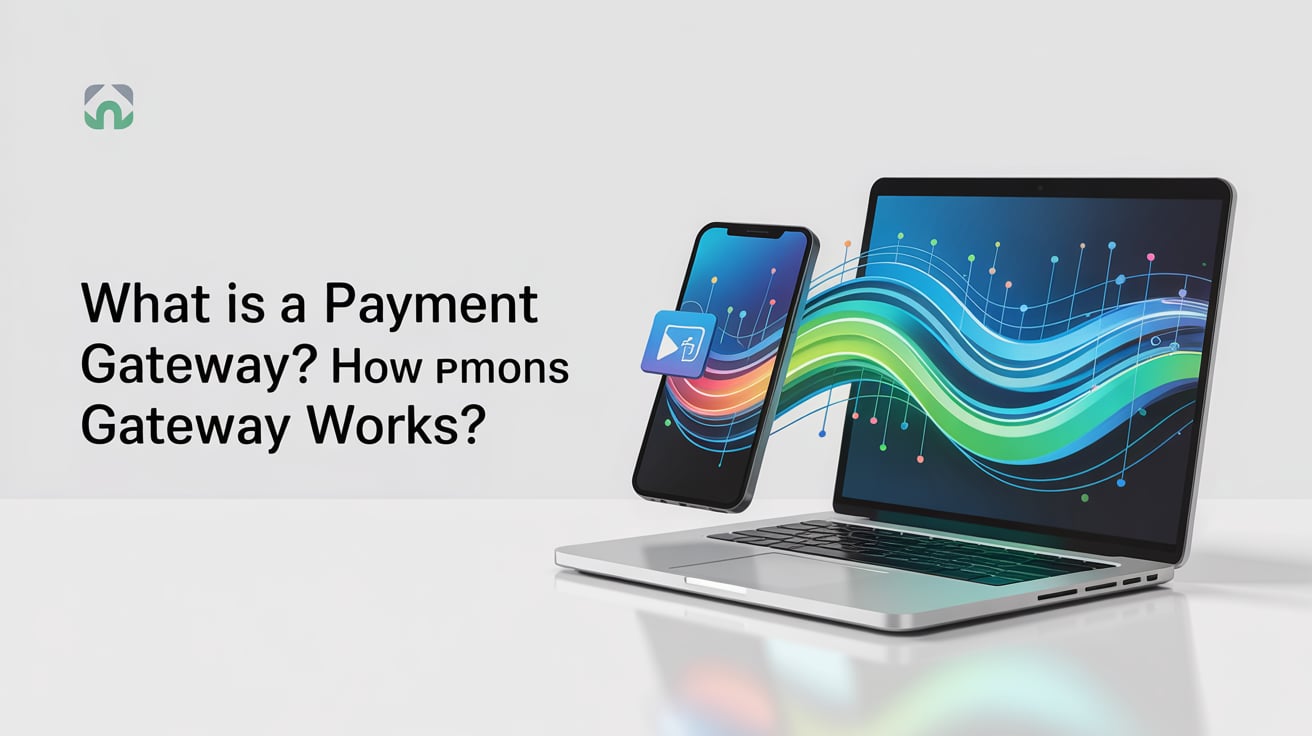

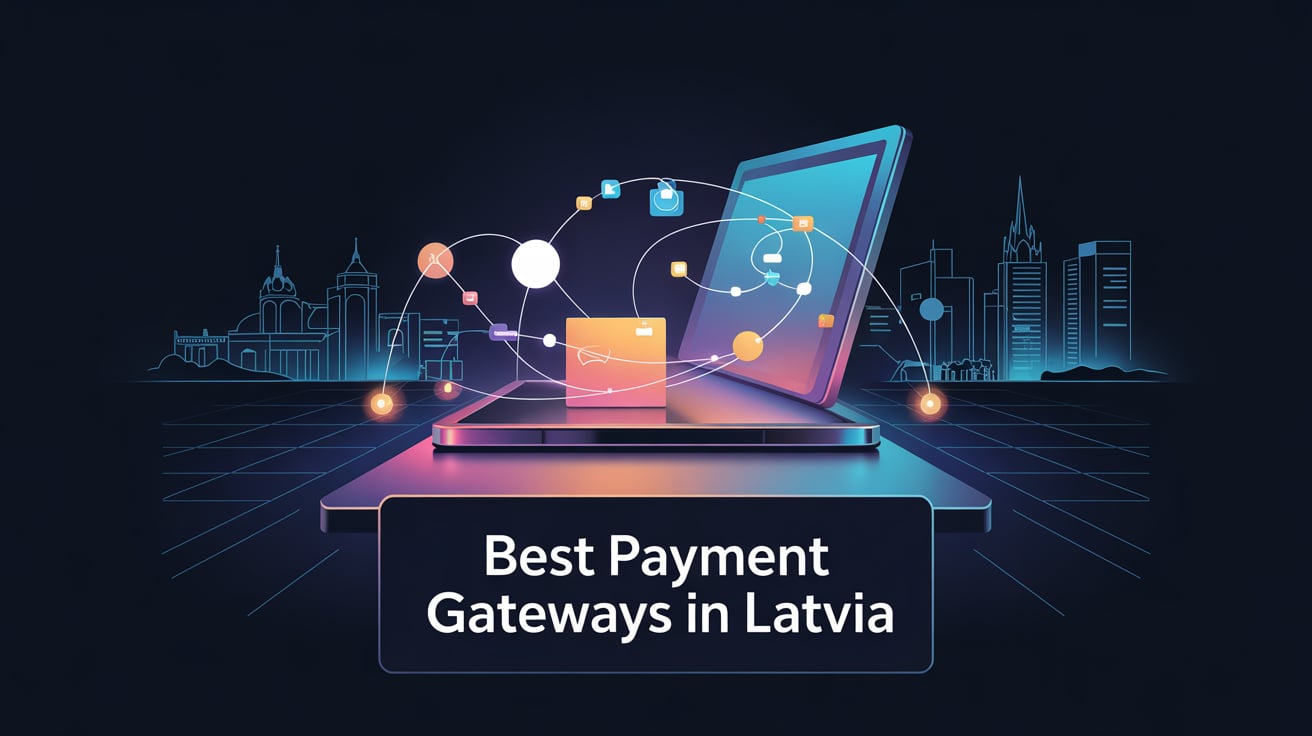
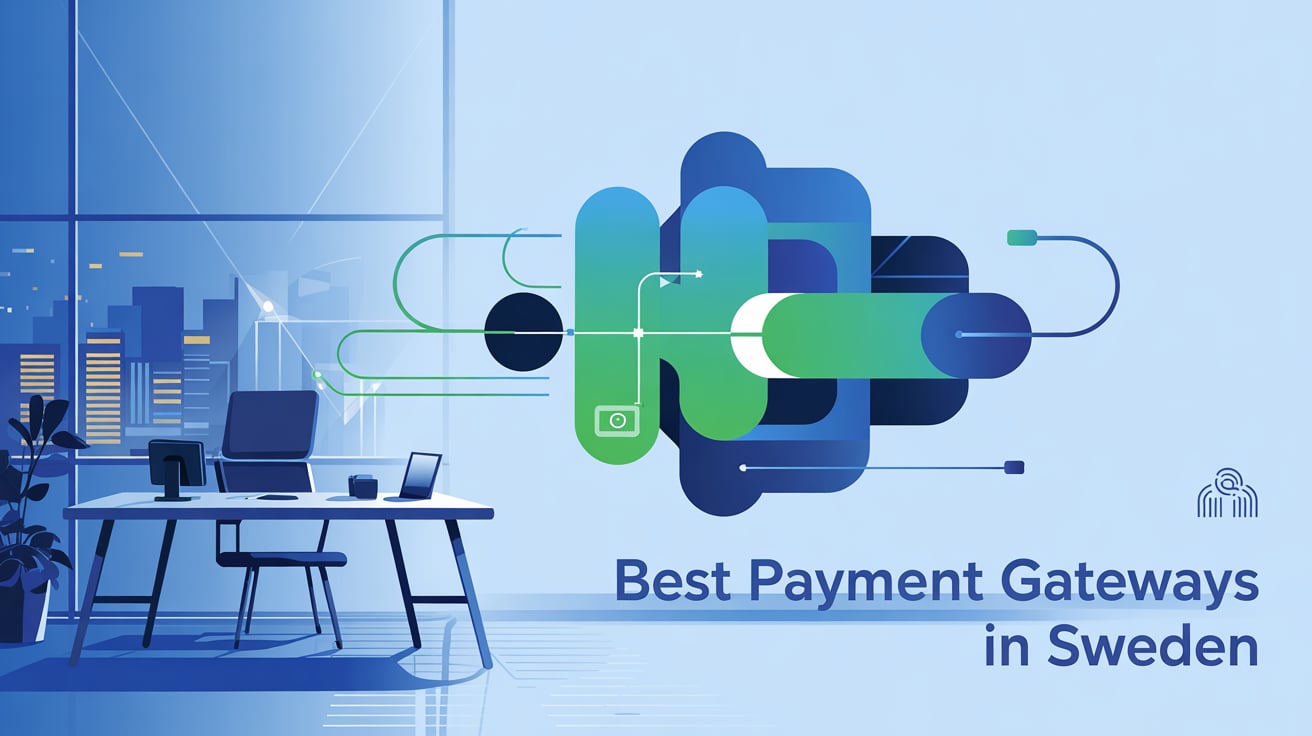
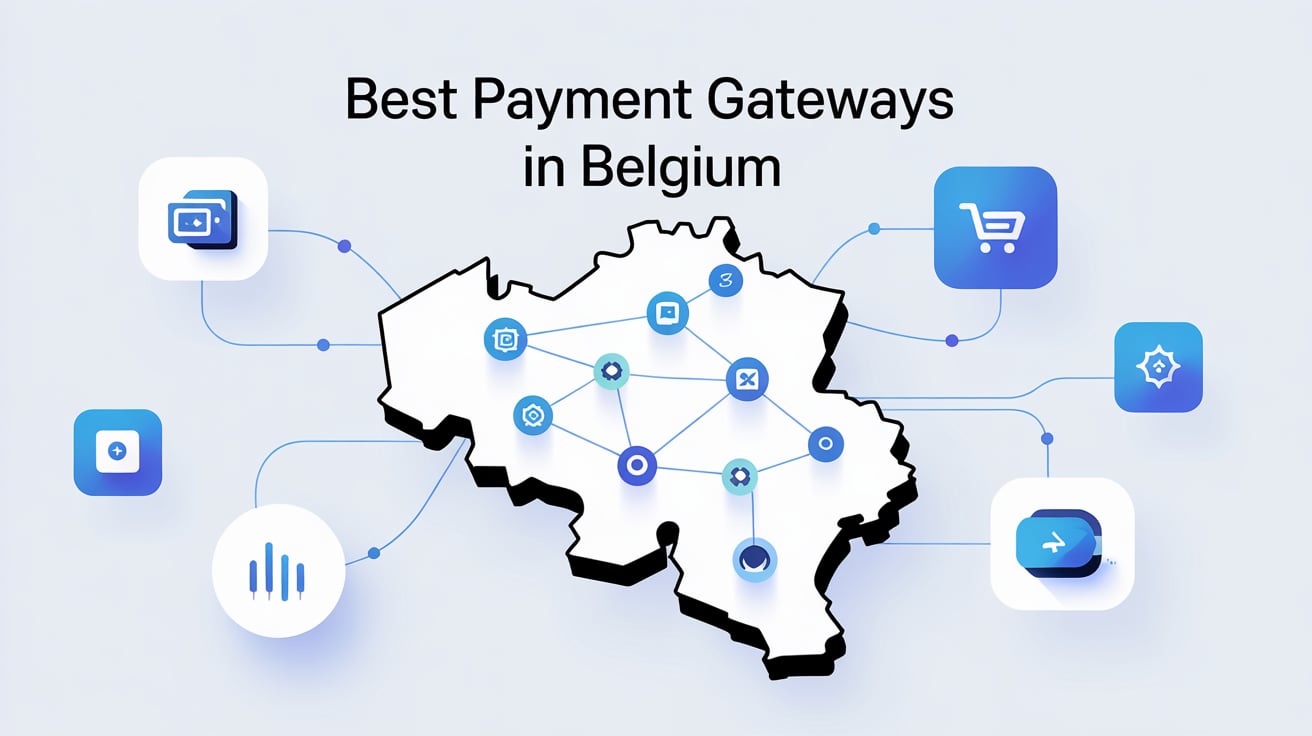

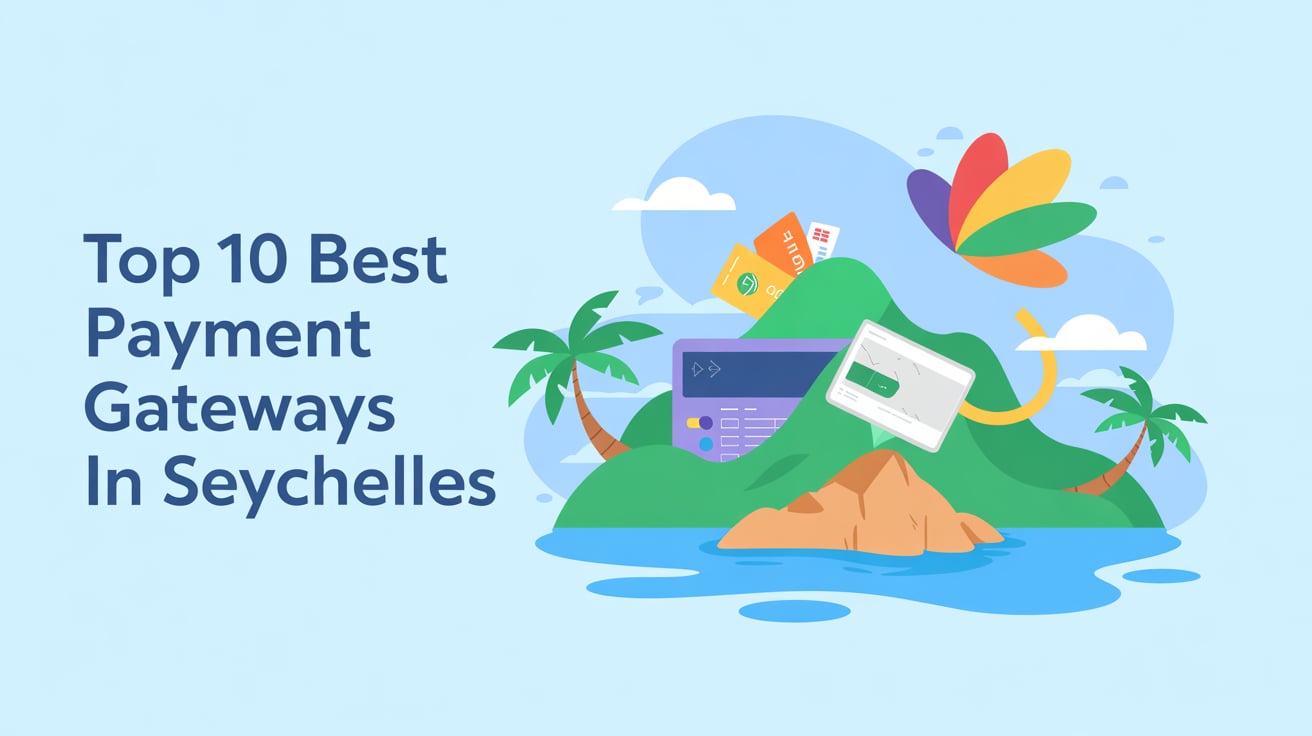
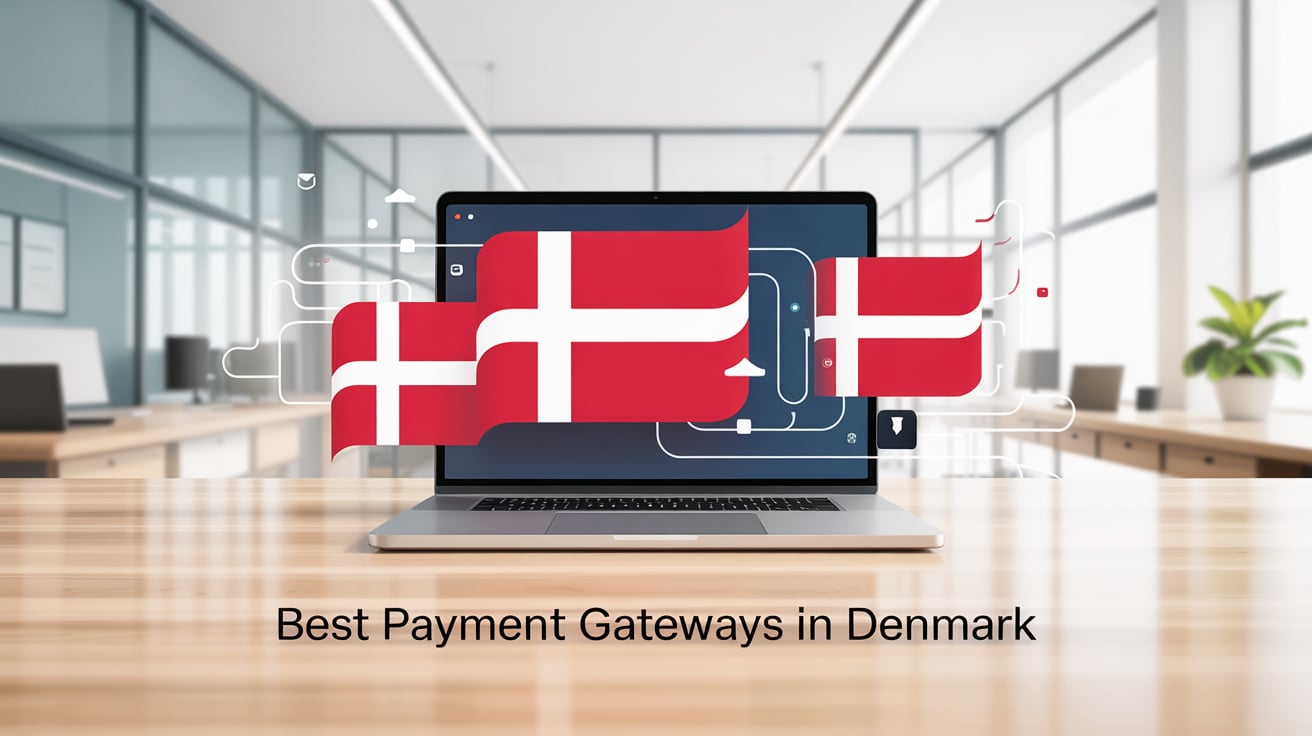
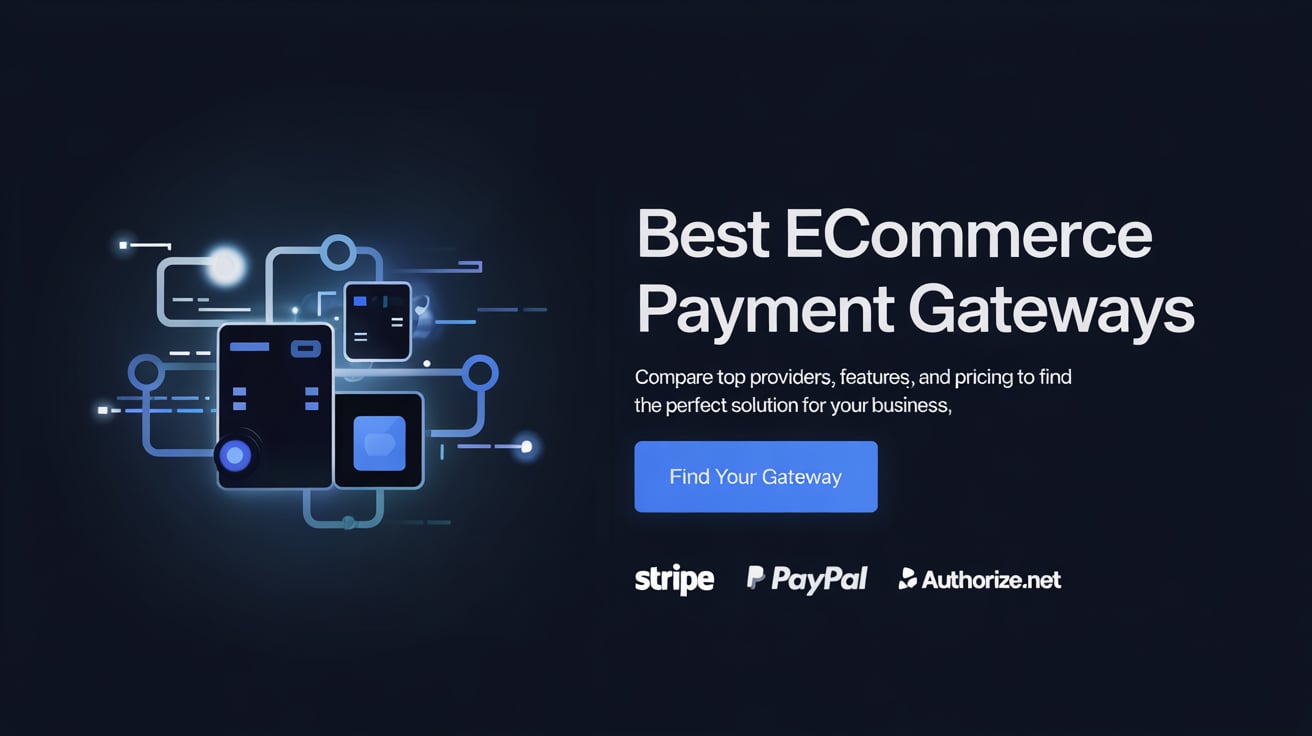
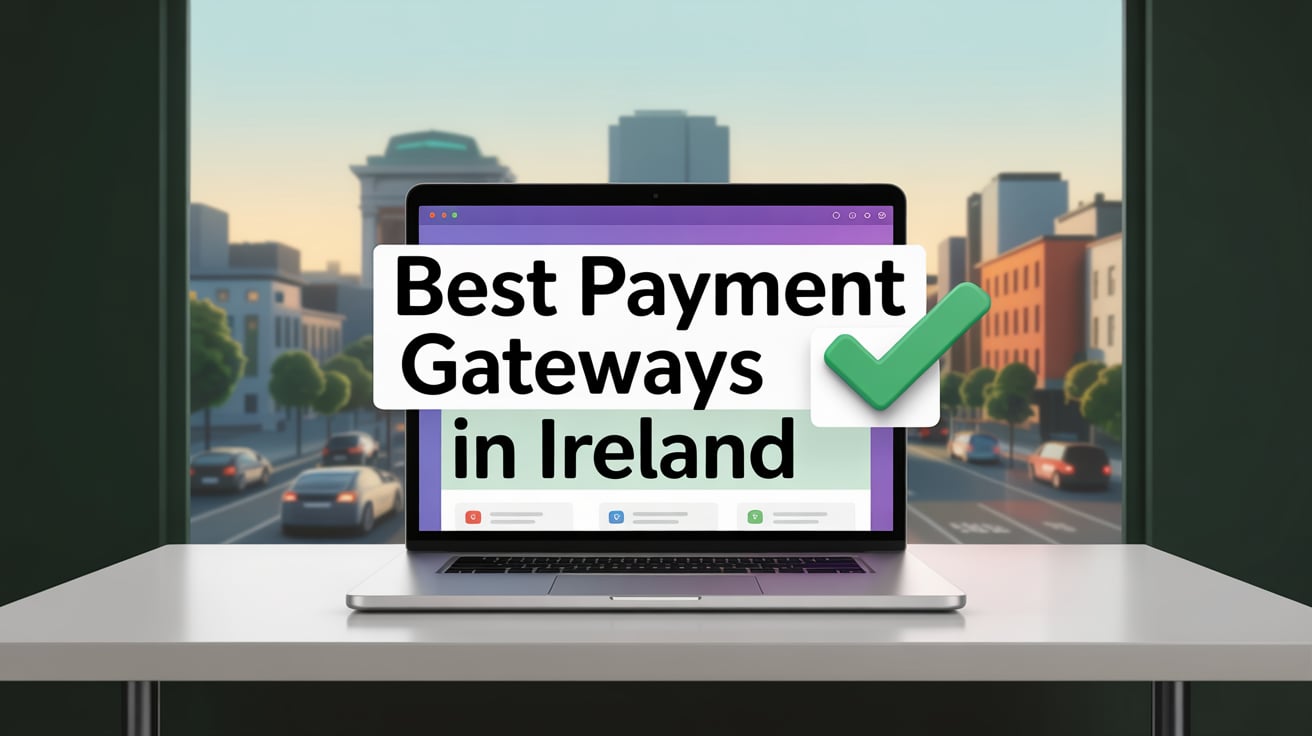
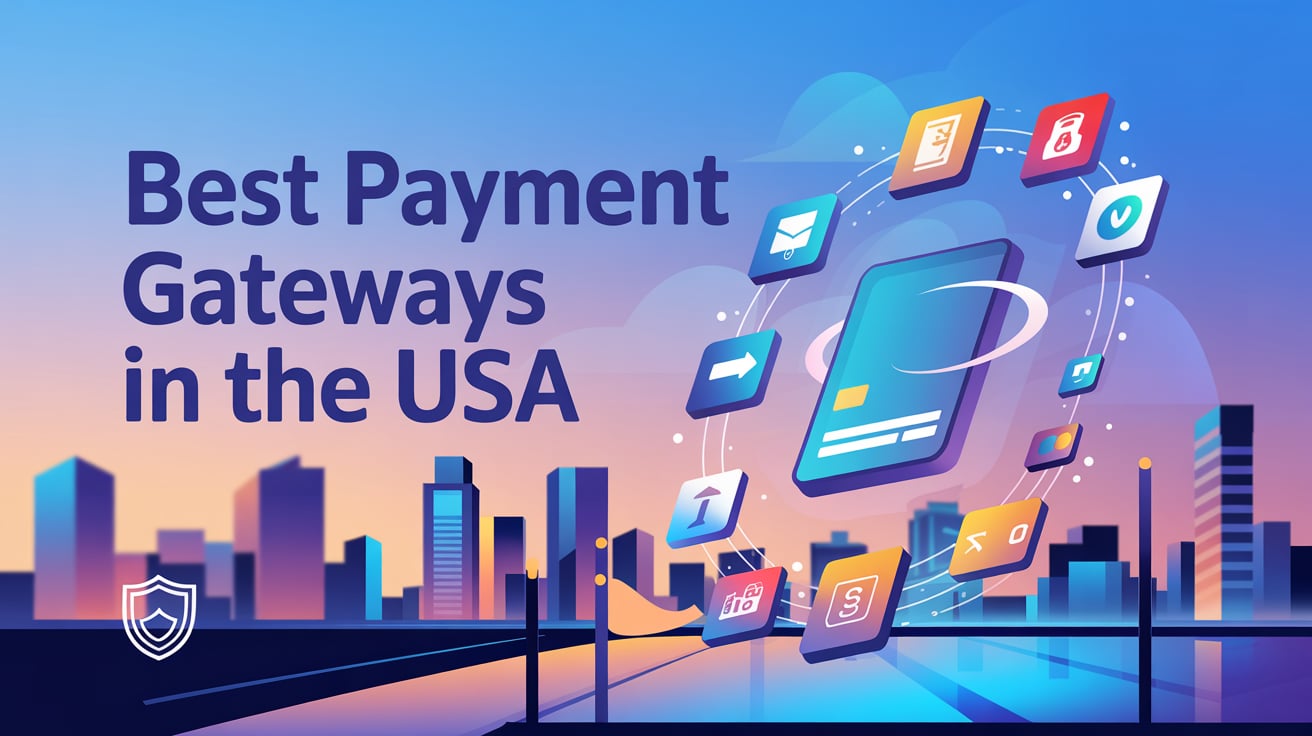
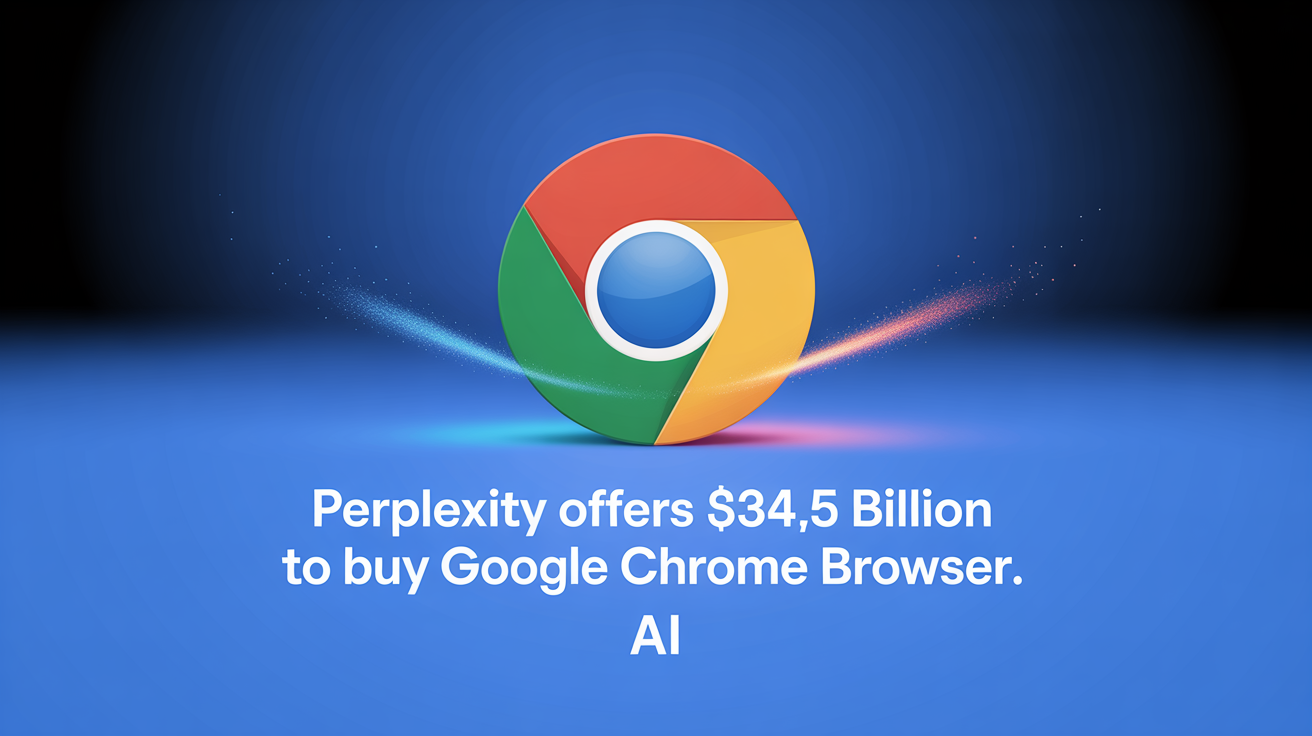
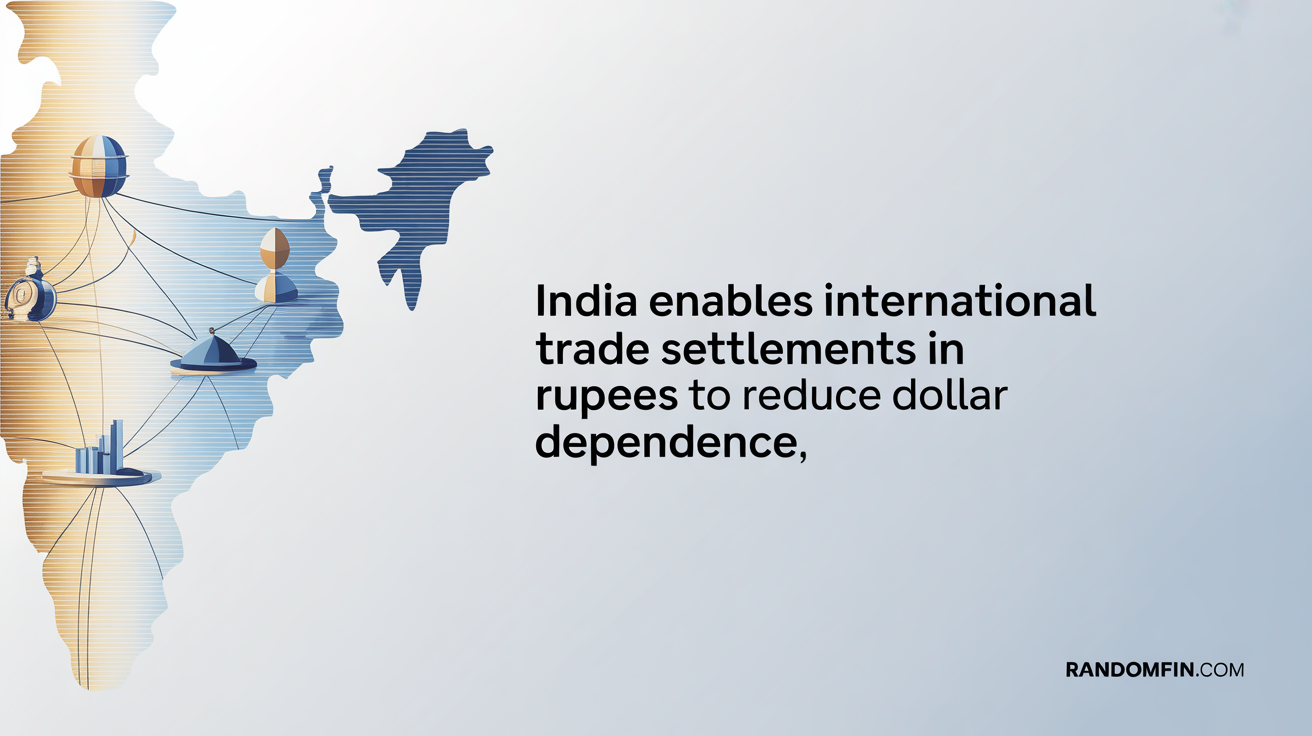
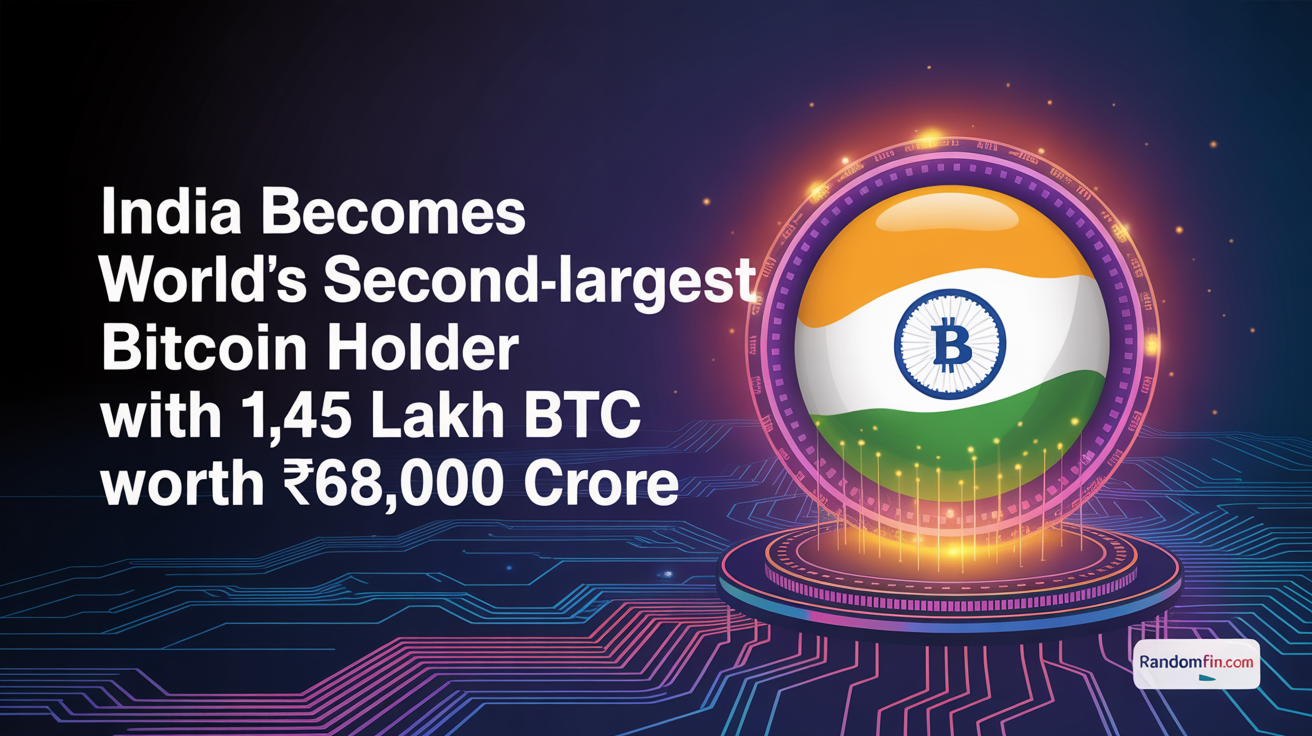
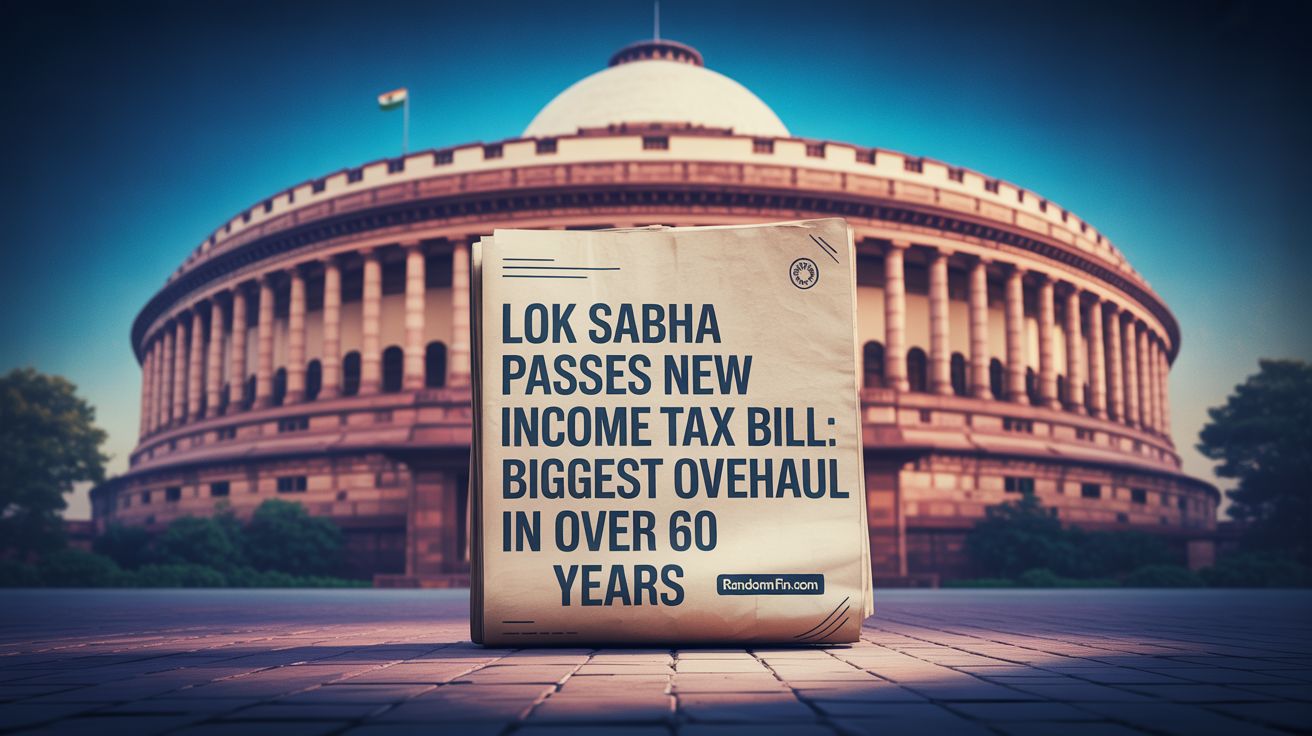
Leave a Reply